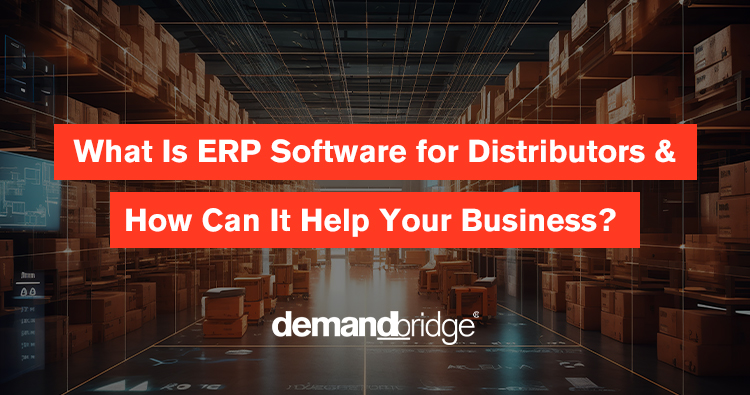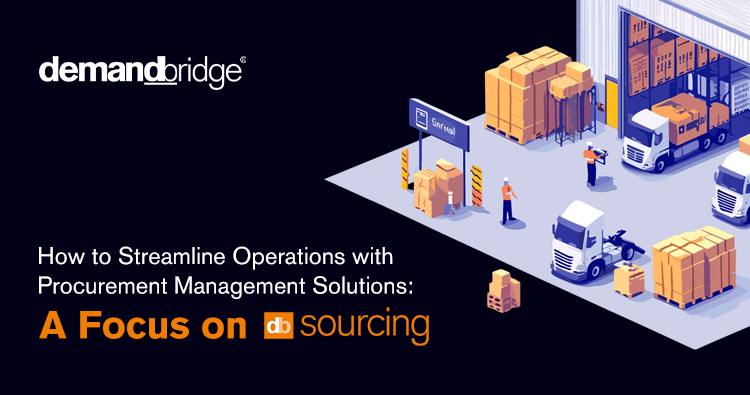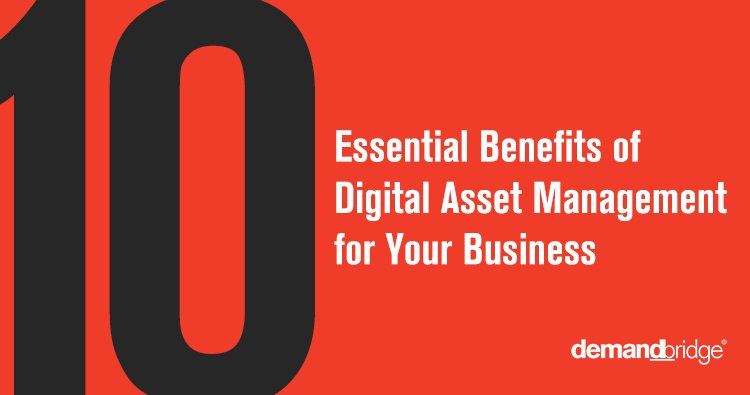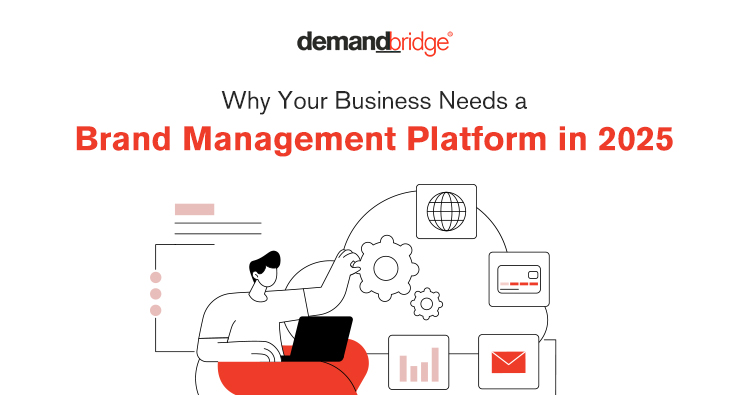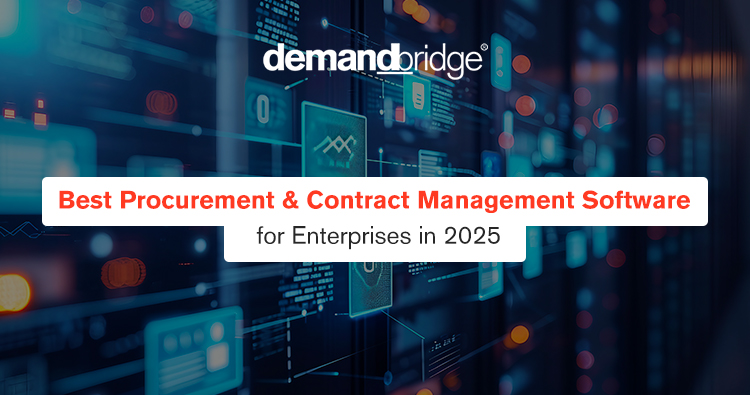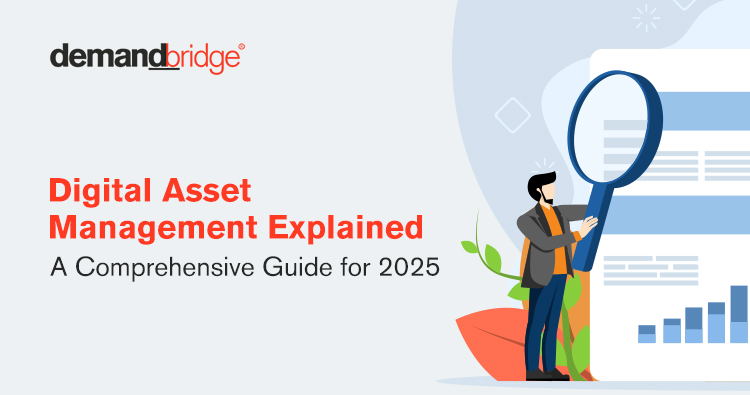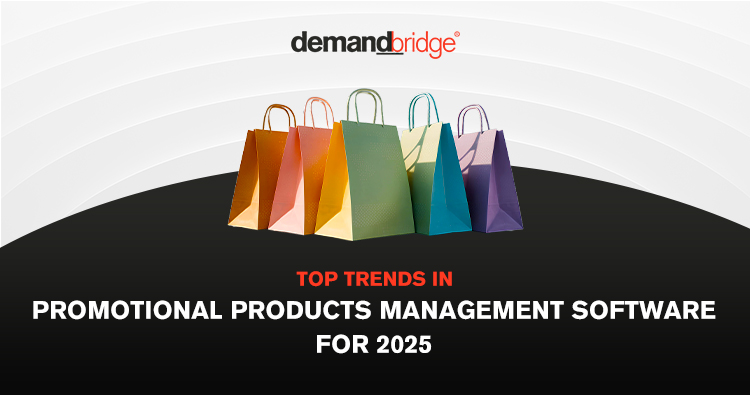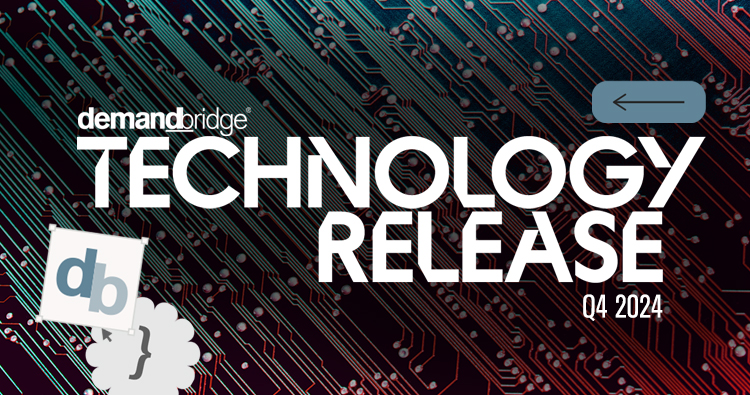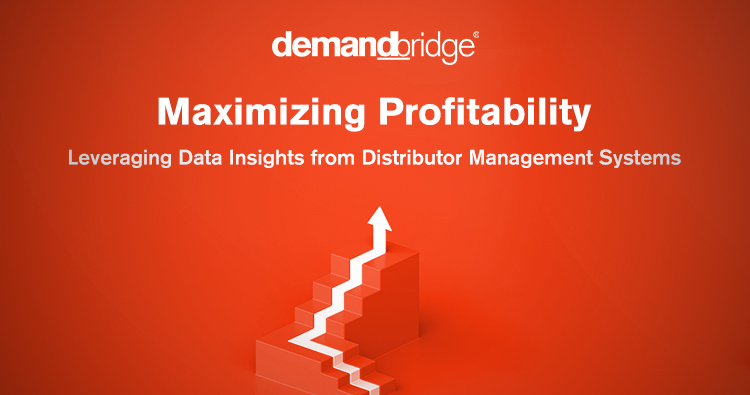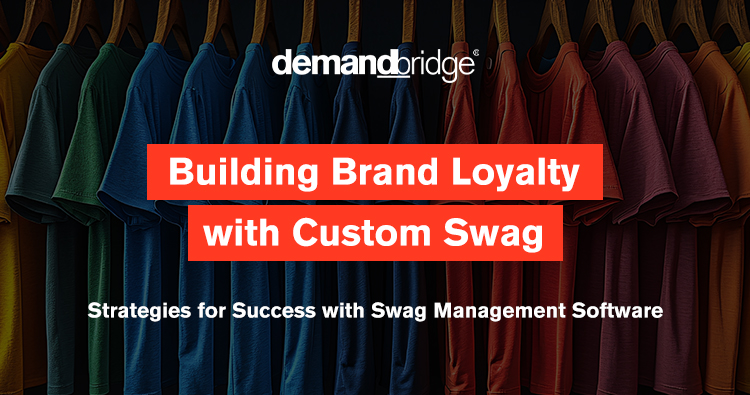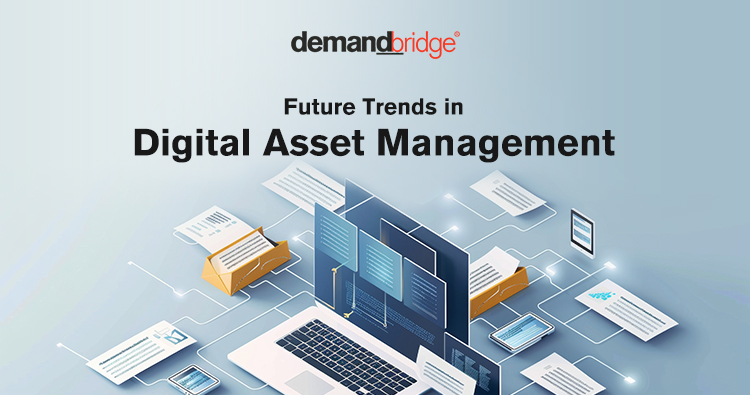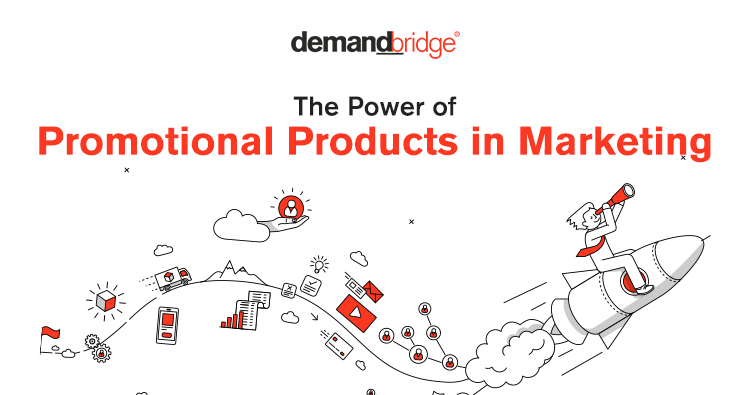The promotional products industry has evolved—but has your business?
Dealing with branded merchandise in spreadsheets, email exchanges, and paper logs may have cut it in the old days, but with business speeding up and customer expectations escalating, using these methods often results in inefficiencies, human errors, and missed opportunities. If your team is spending more time putting out fires than planning ahead, it’s time to make the switch!
Transitioning to digital management though isn’t simply about convenience—it’s future-proofing your enterprise, growing your bottom line, and delivering a seamless experience to clients and internal stakeholders alike.
Here in this guide, we’ll lead you through doable steps that you can follow to migrate from manual to digital promotional product management — find out what to look for in features, how to solve common issues, and how products like from DemandBridge can simplify the migration process and lead to a smoother, more organized process from the start.
Why Digital Management Is a Game-Changer
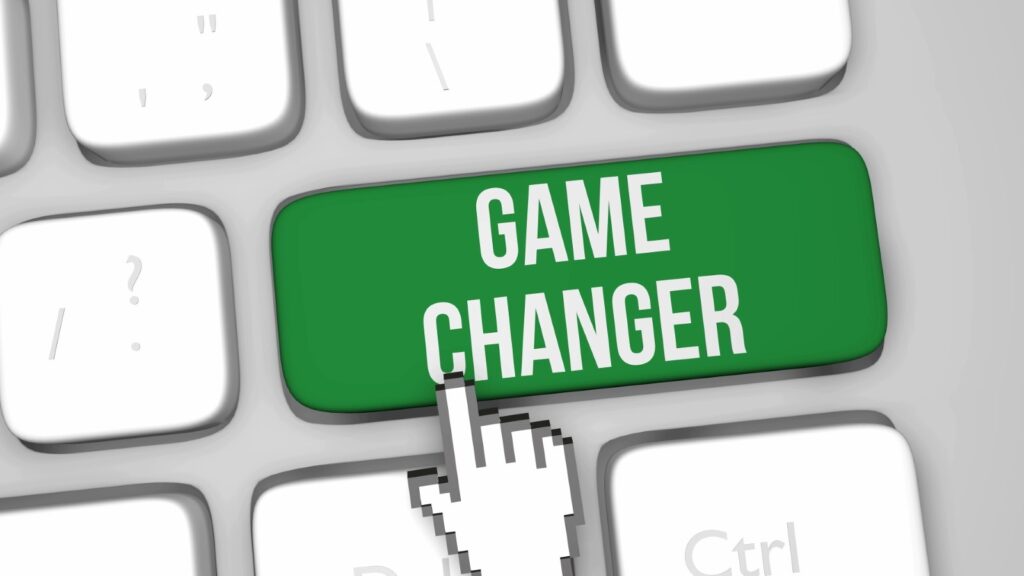
According to our friends at Printing & Promo Impressions, companies that thrive in the promotional space are those that operate with agility, visibility, and scalability. Digital platforms make this possible by centralizing every aspect of promotional product management—from sourcing and ordering to tracking and reporting.
Here’s what digital management can help you achieve:
- Boosted efficiency: Automated workflows reduce manual effort and cut order cycle times.
- Brand consistency: Internal checks and controls for brand assets ensure outdated logos and unapproved materials never make it online or onto products again.
- Lower costs: Real-time data prevents over-ordering and inventory waste with full visibility into stock levels, usage trends, and demand forecasts—helping you to make smarter purchasing decisions and cut excess spending where it makes sense to do.
- Improved collaboration: When sales, marketing, procurement, and even clients can access the same system in real-time, this helps to break down silos and ensure everyone stays aligned, leading to faster approvals, smoother workflows, and stronger cross-functional teamwork.
- Increased scalability: As your business or client base grows over time, you need a digital solution that grows with you—adapting to higher volumes, expanding product lines, and evolving needs without adding additional complexities or overhead.
How to Transition to Digital Management: Step-by-Step
1. Audit and Map Your Current Process
Start with a complete review of your existing process. Who is involved at each step of the way? Where do delays or errors occur? Where is information getting lost?
Document your current state across:
- Order intake
- Artwork approvals
- Inventory management
- Vendor communication
- Reporting
This creates a baseline for improvement and helps identify must-have features in your future solution.
2. Define Success Metrics
What does success look like for your business? Maybe it’s a 25% reduction in turnaround time, stronger brand compliance across every touchpoint, fewer order errors, or all of the above. With the right tools in place, your goals are more achievable than ever.
3. Select the Right Digital Platform
Selecting the right tool is essential. It’s important to choose a platform that fits your unique business needs—whether you’re a distributor handling client programs or an in-house team managing branded merchandise. The ideal solution will integrate smoothly with your existing processes, grow with your business, and make managing brand assets more efficient from beginning to end.
Key features to prioritize include:
- Digital Asset Management (DAM): Store and manage logos, templates, product images, and guidelines in one place.
- Procurement Management: Automate order approvals, track budgets, and maintain supplier connections.
- Ecommerce & Storefronts: Enable self-service ordering with customized catalogs for clients or departments.
- Inventory Tracking: Maintain visibility of what’s in stock, what’s reserved, and what needs reordering.
- Analytics & Reporting: Gain insights into product usage, spend, and ROI.
✅ DemandBridge offers all of the above in one, fully integrated marketing platform. Learn more about our Digital Asset Management, Procurement Management, and Brand Portals.
4. Clean and Organize Your Data
Don’t let old and updated data bog you down. Before migrating to a new digital platform:
- Standardize product SKUs and descriptions
- Eliminate outdated files, logos, etc.
- Organize digital assets with tags, categories, and expiration dates
- Verify contact and shipping information for vendors and clients
A clean foundation will lead to smoother adoption and less frustration later on.
5. Involve Stakeholders Early
From marketers to procurement specialists, success depends on buy-in from every department. Loop them in early to:
- Uncover needs you may not have considered
- Reduce resistance by building champions
- Ensure workflows align across teams
Clients and suppliers should also be introduced to any new ordering or communication processes before you go live!
6. Roll Out Gradually and Measure Progress
A full system launch may be overwhelming. Instead:
- Start with a pilot group (e.g., one department or client program)
- Collect feedback and refine workflows from there
- Gradually expand usage across teams or clients
- Measure adoption, time savings, and error reduction against your KPIs
What are Common Challenges—and How to Overcome Them?

Challenge #1: Resistance to Change
Solution: Change management is key. Clearly communicate the why, demonstrate time-saving benefits, and offer support resources.
Challenge #2: Data Overload or Dirty Data
Solution: Set aside time for data cleansing and establish naming conventions going forward. Many platforms (like from DemandBridge) offer migration and onboarding services to assist you through the process.
Challenge #3: Integration Issues with Existing Systems
Solution: Choose a platform with open APIs and proven integrations. DemandBridge integrates with leading CRMs, ERPs, and accounting tools for a smoother digital ecosystem.
Challenge #4: Limited In-House Knowledge
Solution: Provide ongoing training and select a provider with strong customer support and onboarding.
Features to Look For in a Digital Management Platform
When comparing platforms, keep your business model and customer needs in mind. Some must-haves may include:
- Client-specific storefronts with branding and product visibility controls
- Real-time inventory visibility across multiple warehouses or locations
- Approval workflows for budget compliance and brand review
- Custom reporting on order history, supplier performance, and more
- Role-based access to ensure data security and reduce errors
- Mobile compatibility so your team can work from anywhere
The Bottom Line: Digital Tools = Greater Efficiency, Lower Costs
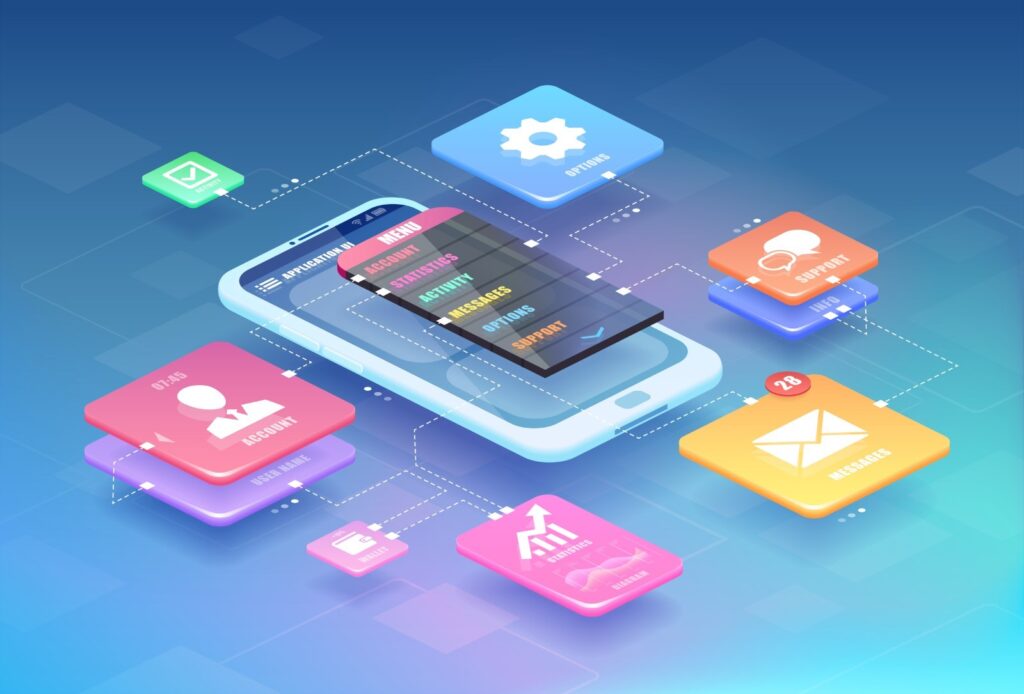
Going digital isn’t just about modernization—it’s about unlocking real, tangible benefits:
✅ Dramatically faster product ordering process
✅ Fewer costly mistakes from miscommunication or outdated assets
✅ Improved client satisfaction with self-serve ordering portals
✅ Stronger control over spend and vendor performance
✅ Faster turnaround times to meet tight deadlines
And with platforms like DemandBridge, all of these benefits are built into an integrated ecosystem made for distributors, suppliers, and brand marketers alike.
Start Your Digital Journey Today
Whether you’re managing thousands of SKUs or just getting started with branded merchandise, a digital management strategy can make your life easier—and your business smarter.
Modernize your promotional product management with confidence. DemandBridge makes the shift from manual easier than ever.
👉 Let’s get started—reach out today to learn more.


